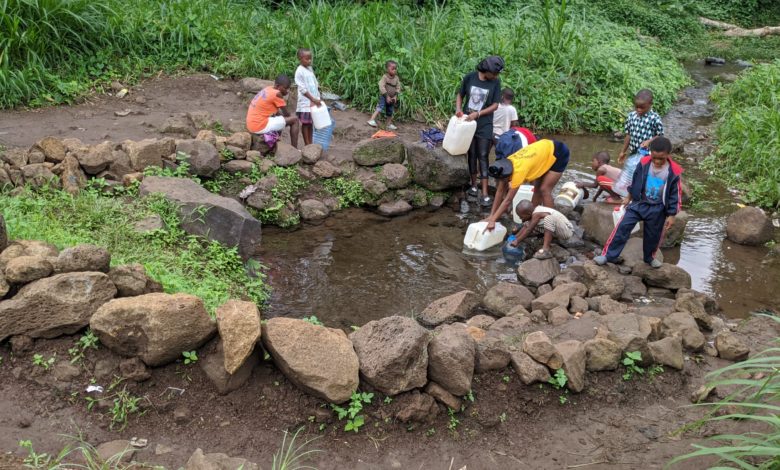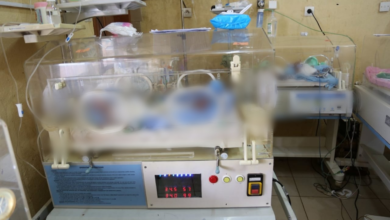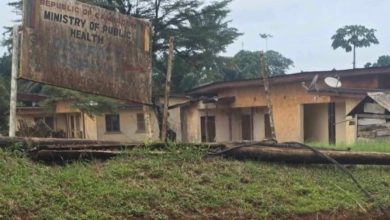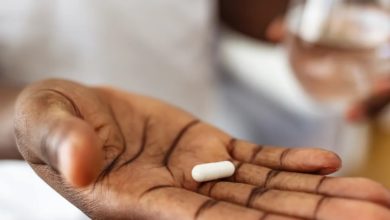Water insecurity in Buea still major concern

By Nchendzengang Tatah
Bomaka a vicinity in the Muea Court Area, Buea Health District has a large part of it’s population getting drinking from untreated and poorly managed springs.
One of the major sources in the area is “boma”. An open underground flow with no proper hygienic care around it, and little or no purification by locals before consumption.
Children just like adults approach the flow secured by a circle of stones deeping their containers into the pool. Up to six sometimes carry out the fetching simultaneously.
Junior, a young adult who stays with his mother and father attests that they’ve been drinking water from this local supply untreated for years with no recorded consequences.
He also explained that many people come from as far as mile 18 to fetch water from Boma. Another inhabitant said water security is an old story in Buea.
The records do not favor these claims. A Cholera outbreak began in the health area in 2023 contaminating many persons.
Results of a study published in 2023 in the International Journal of Sustainability reveal that, in Bomaka 100% of the households sourced their water from alternative sources (boreholes, wells, streams and springs) without any pre-treatment.
Most of these sources do not flow regularly because of siltation or a drop in the volume of flow, especially in the dry season. The Cameroon Water Utilities Corporation (CAMWATER) is absent in this locality.
The implications of irregular and portable water shortages were highlighted to be increased health risks, poor hygienic condition, disruption of economic activities and domestic routines.
The study recommended for adequate efforts by local authorities and other stakeholders to resolve this age old threat.




